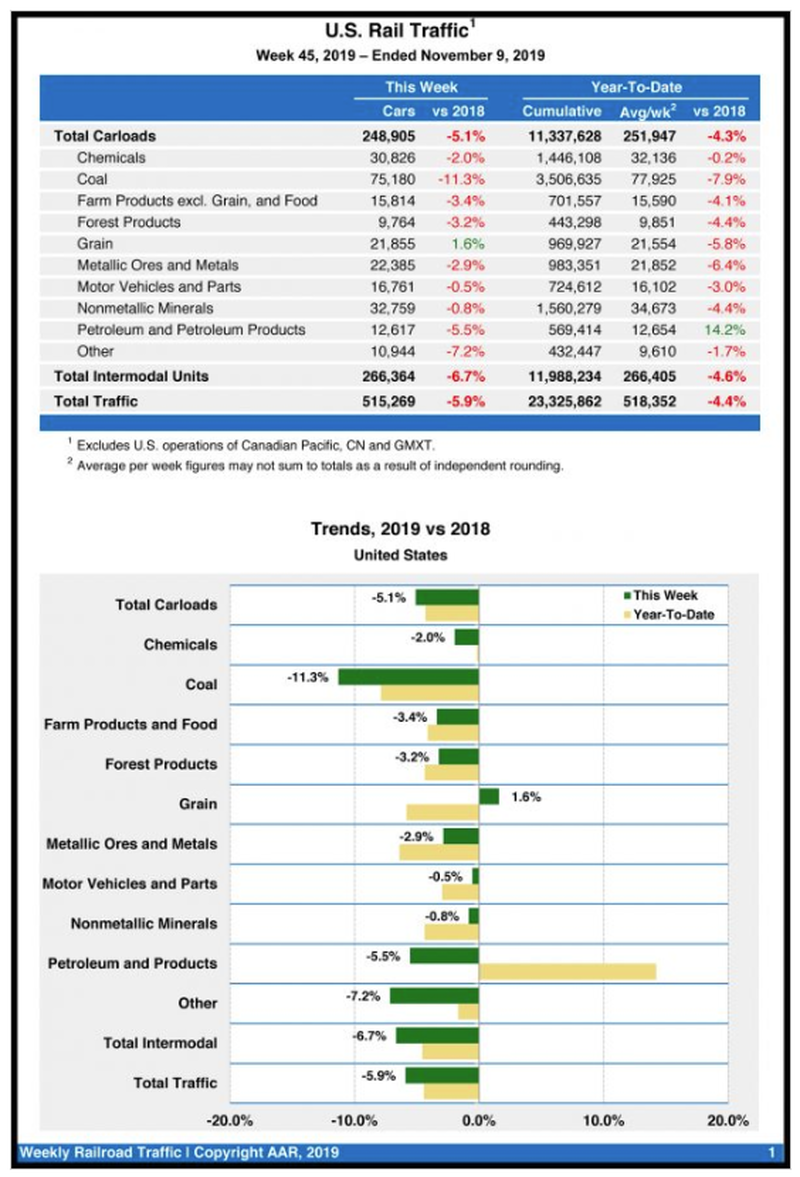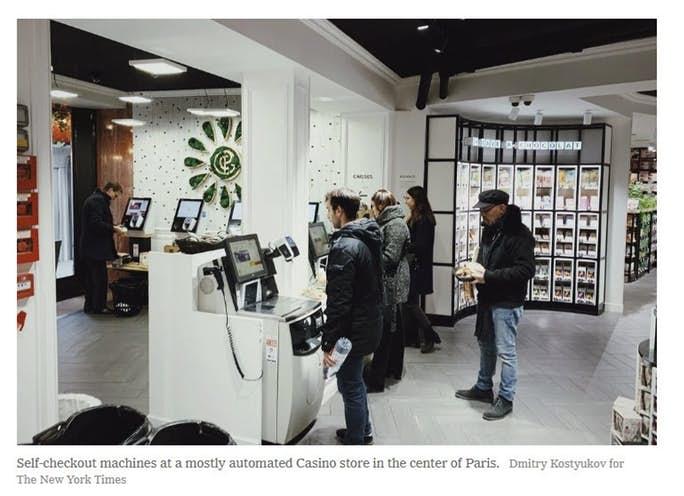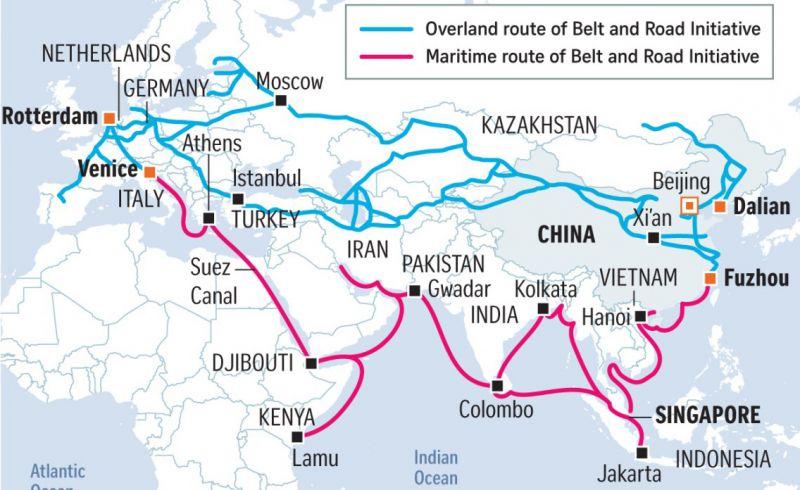At Soko ya Nadhif market in Garissa, Kenya, the ones who come to buy the drugs are men. They arrive early in the morning, sometimes before dawn, waiting in the hot dark air for a good deal. New white Land Cruisers pull into the market, kicking up clouds of red dust behind them. The ones who rush to offload the cargo are men, too. They toss heavy bags of leaves over their shoulders before sorting them into sections: Sareye, Khadija, Fatuma. Each bag is marked with a woman’s name. Because although almost everyone who comes to Soko ya Nadhif market is a man, the ones who sell the drugs are women.
Sareye Budul Shafat, 52, is a soft-spoken mother of 10 who favors neon technicolor hijabs. While she calls herself a businesswoman, her gold jewelry and poker face hint at something more illicit.
Shafat is the founder of the Al-Amin Women’s Group, a collective organization of 10 women—mostly single mothers and grandmothers in their 40s, 50s, and 60s—who dominate Garissa’s khat industry. Attacks on the industry come from all sides, so women in the khat business are evasive about how much money they make. Shafat claims to bring in 20,000 Kenyan shillings (about $193) per month. But her shoes, her accessories, and the size of her house, as well as the number of men and women who call her “boss,” suggest much higher earnings.
Khat—a stimulant leaf from the Catha edulis plant that is criminalized in the United States and most of Europe but wildly popular in East Africa—has somehow become women’s work. Khat leaves are usually chewed, sometimes with bubble gum or peanuts to mask the herbal taste. Although the vast majority of khat users are men, women play an unmistakably dominant role in its production and sale. The Al-Amin Women’s Group dominates the Garissa market, but women’s influence in the khat (also called miraa) industry has deep roots throughout the region. In Somaliland, a self-declared breakaway state in the Horn of Africa, an estimated 72 percent of khat vendors are women. In Ethiopia, one of the country’s richest people, Suhura Ismail, turned a roadside miraa stand into an international business empire with its own fleet of charter planes that transport the drug between Jijiga, a city in the Somali Regional State of eastern Ethiopia, and Somalia itself. (Like a boss, Suhura named the airline after herself.)
In Kenya, the economic power of khat is so huge that in 2016, when Somalia banned imports of the drug for a single week, it cost Kenyan farmers millions of dollars. Today, the khat trade brings the latter country an estimated $400,000 every day.
Shafat got into the business for the same reasons any other good entrepreneur does: instinct and need. In 1997, her husband, a former truck driver, was left unable to work by advancing glaucoma, the leading cause of irreversible blindness worldwide. Desperate to support their children, Shafat tried selling secondhand clothes. But business wasn’t good, and Shafat couldn’t even make enough to pay back her family’s 5,000 shillings ($48) in debt.
“I might stay in the [clothes] emporium and not sell anything for three days,” Shafat recalled. “I decided I would rather have a quick loss or profit than wait three, five, seven days for nothing.”
During the months she languished at the clothes market, Shafat noticed that some women would regularly come in with no husbands but an endless supply of money to spend. She decided to ask about the secret to their independent success. The industry she discovered would change her life.
Criminalization
Khat is an enigma: People can’t seem to agree whether it’s dangerous or not. It has been likened to everything from coffee to cocaine. In Hong Kong, the leaf is regarded as so risky that traffickers risk a fine of up to HK$5 million ($623,411 in U.S. dollars) and life imprisonment. Even the Netherlands, famous for its permissive drug use policies, banned khat in 2012. But in Canada, where the substance is illegal, a young woman who brought 34 kilograms of khat into the country in 2012 was able to successfully appeal her arrest on the grounds that the drug is not harmful.
“This is an important ruling, because it recognized that while khat is illegal in Canada, there is no empirical evidence that this drug is harmful to the individual or the community at large,” defense lawyer Mark Halfyard, who argued the appeal, told Toronto’s The Star at the time. “There is a body of scientific literature that suggests khat is significantly less harmful on an individual level and in terms of the social costs than alcohol, tobacco, or marijuana.”
But prohibition has addictive qualities, and the war on miraa is self-reinforcing. In his 2007 book The Khat Controversy, author David Anderson recounts the story of how a businesswoman named Yasmin moved from Somalia to Kenya in the 1970s and became one of the first people to export the drug to the United Kingdom. After the 2012 Dutch ban, the British government announced its own plans to criminalize the leaf. That move came despite a 2013 report from the British Advisory Council on the Misuse of Drugs that found “insufficient evidence” that khat caused health problems and “no evidence” that the leaf was linked to serious or organized crime.
“On the basis of the available evidence, the overwhelming majority of Council members consider that khat should not be controlled under the Misuse of Drugs Act 1971,” the report concluded. “Although there may be a correlation or association between the use of khat and various negative social indicators, it is not possible to conclude that there is any causal link.”
Opponents of the ban argued that, since khat was almost exclusively popular with East African and Yemeni immigrant communities, the criminalization of khat would be, in effect, the criminalization of specific ethnic minorities. But members of the British-Somali diaspora had mixed feelings about the ban: Some supported it, saying a prohibition would promote health and cultural integration.
“Khat has been slowly killing our community, but no one has paid any attention,” a U.K.-based former khat user named Abukar Awali told The Christian Science Monitor. “It’s no exaggeration to say it is preventing us from integrating. When you chew, you don’t work or meet anyone apart from Somalis.” Awali later traveled to East Africa to campaign for the British ban to be adopted elsewhere.
But the comparisons between khat and clearly legal substances such as alcohol, tobacco, and coffee were hard to ignore. One survey of British Somalis in London found that 90 percent would prefer their children use khat than alcohol, and 77 percent would prefer they use khat than cigarettes. There were also concerns that the British ban would be an economic blow to East Africa: In 2013, a group of Kenyan lawmakers led by Florence Kajuju, a member of the Parliament of Kenya, urged the British government not to “condemn” the Kenyan farmers and exporters who relied on the trade.
Prohibition
Nevertheless, it became a criminal offense to buy, sell, or chew khat in the U.K. on June 24, 2014. The loss of tax revenue has been estimated at 150 million pounds ($182 million) over 10 years, on top of the blow to jobs and businesses.
 The British decision had an immediate impact on Kenya’s khat export market. Before the ban, an estimated 20 tons of the drug arrived at London’s Heathrow airport each day, most of it from Kenya. Khat had been a huge boost to that country’s economy. In 2010 alone, it was responsible for 12.7 million pounds ($15.4 million) of remittances to Kenya from the United Kingdom. For the people and communities that had relied on the British market, such as small towns in the picturesque highlands near Meru, the sixth-largest city in Kenya, the effect of the ban was devastating. One exporter told The Guardian that his monthly income plummeted from 2,100 pounds per month to 250.
The British decision had an immediate impact on Kenya’s khat export market. Before the ban, an estimated 20 tons of the drug arrived at London’s Heathrow airport each day, most of it from Kenya. Khat had been a huge boost to that country’s economy. In 2010 alone, it was responsible for 12.7 million pounds ($15.4 million) of remittances to Kenya from the United Kingdom. For the people and communities that had relied on the British market, such as small towns in the picturesque highlands near Meru, the sixth-largest city in Kenya, the effect of the ban was devastating. One exporter told The Guardian that his monthly income plummeted from 2,100 pounds per month to 250.
The creeping criminalization of khat has become a political issue on the African continent as well. “What happens in the Somali diaspora does cycle back to East Africa,” says Neil Carrier, a lecturer in social anthropology at the University of Bristol and expert in the Kenyan khat industry. “Those debates weren’t isolated to the U.K.” In Uganda, efforts to criminalize khat—known there as mairungi—have been a source of heated debate since 2014. In Kenya, criminalization campaigns have largely happened at the local level. Lamu, a town northeast of Mombasa, for instance, has been an epicenter of attempts to ban the sale of the leaf since 2001. In May 2019, Nyandarua County Governor Francis Kimemia announced plans to prohibit sale and consumption in his county.
Drug prohibition tends to hit women who work in the industry harder than it hits men. A report from the United Nations Office on Drugs and Crime found that, globally, the proportion of women who are in prison for drug-related crimes is higher than the proportion of men—possibly because it is easier for police to target workers in lower-level stages of the drug industry, such as cultivation, who are more likely to be female. It may also be that women in the drug industry are less able to afford fines or bail.
Prohibition’s particularly insidious effect on women is evident in Kenya, too. Although khat is legal right now, a staggering 64 percent of women in the country who are currently in prison are there for brewing and selling alcohol without a license. So when local politicians call for banning khat, women in the industry worry.
“We are very concerned about prohibition,” says Isabela Gacheri, 52, who grows khat on a quarter-acre farm near Meru. The plant is so important to the economic survival of the region that even schools and churches there support themselves on the proceeds from small gardens. “They say miraa is a drug, but you cannot compare miraa to a drug like marijuana or cigarettes. It’s more like coffee or tea,” she says.
Gacheri theorizes that calls to ban khat are a specific attack on the women, like her, who support their families with the leaf. “They are jealous of the money we are getting,” she says. “They have a problem with women in the business. It scares them.”
Condemnation
Shafat, the founder of the Al-Amin Women’s Group, lives in a house that is furnished a lot like your grandmother’s house—if your grandmother were a Kenyan-Somali drug tycoon. The throw pillows are soft, the color palette is warm, and the cardamom tea is mouth-puckeringly sweet.
Shafat isn’t scary at all. But she has some scary stories.
“We always hear threats from al-Shabab,” she said, referring to the Al Qaeda–linked terrorist group that prohibits khat under its own harsh interpretation of Sharia law. “The day before yesterday, we had to run away from the market because we heard a rumor they were going to attack.” (In 2018, five people were killed and another 10 were wounded when al-Shabab attacked a khat market 55 miles north of Mogadishu.)
Two days before the rumored attack at the Garissa market, Shafat says, one of her distributors, a middle-aged man named Abdi Hirig, was abducted by the terrorist group in Somalia. “My phone rang, and they said: ‘Don’t bother sending his miraa today. He has been taken.'”
In some ways, those terrorist threats are less worrying to women in the khat industry than are standard religious objections to the drug—and to the subverted gender roles that the women who sell it represent. Many influential Islamic leaders regard the leaf as makruh (detested or discouraged) or haram (forbidden). That stigma trickles down to women in the industry. In Eastleigh, Nairobi’s predominantly Somali neighborhood, there is a rumor that when a woman who had made her fortune in the khat business tried to make a charitable donation to the local mosque, she was turned away.
“Women involved in crime are more stigmatized than men in society,” says Heidi Grundetjern, an assistant professor of sociology and criminology at Villanova University who specializes in women’s roles in drug markets. “We often say that they are doubly deviant: Not only are they breaking the law and receive stigma related to that, but they also break with society’s normative expectations of what it means to be a woman.” In Kenya, that often means that miraa money is considered “dirty,” and so are the women who support their families with it.
“Islamically, [the drug] is haram,” said Halima Haji, 53, a mother of six and anti-khat activist in Garissa. “The women who work in that business don’t even care that they’re spoiling other people’s kids, so long as they get the money. Nobody likes them.” This year, Haji successfully campaigned to get a popular Garissa khat garden called “The Shade” shut down. The garden had previously hosted roughly 50 customers a day in a beer garden–like atmosphere.
To an extent, Haji is correct to assume that some of the women in the khat industry don’t worry about the drug’s effect on kids. “Miraa doesn’t spoil anything,” says Shafat, scoffing at the implication. “I’ve got five boys and five girls, and none of them chew. It’s all about how you raise them. Miraa doesn’t spoil people—people spoil themselves.” Shafat says she is proud of the way khat has enabled her to provide for her family, including paying for a university education for all of her kids, without needing to rely on her disabled husband.
“I hail single mothers who work in this business and take care of their children,” she says. “We do everything. We pay the kids’ school fees. We cook their food. We do everything.”
Regional politics also pose a threat. In 2019, as disputes between Kenya and Somalia over their maritime boundary escalated, the Kenyan khat export industry took a hit. According to a statement from Kimathi Munjuri, the spokesman for the Nyambene Miraa Traders Association, khat flights from Kenya to Somalia dropped to a low of four per day from the usual 20. He added that new Kenyan tax laws have provoked a shift in the Somali market toward khat exporters in Ethiopia.
Competition
In addition to competition from Ethiopian farmers and exporters, in recent years muguka—a different variety of the Catha edulis plant—has emerged to challenge khat’s formerly unquestioned dominance as Kenya’s social drug of choice. Muguka is cheap, strong, and trendy—so trendy, in fact, that the mostly middle-aged and senior women who sell miraa say they can’t diversify into muguka. People just won’t buy it from them.
“It’s not a job for elderly women,” says Khadija Dabar, 52, another mother of 10 and the current chairwoman of the Al-Amin Women’s Group. “Muguka has taken Garissa by storm, but it’s a job for youth.”
But Shafat, the businesswoman who built an empire from nothing, refuses to fail. She has already launched a new collective of female entrepreneurs, called the Upendo Women’s Group. This time, they specialize in soap, bleach, and disinfectant. Every month, Shafat reinvests 10,000 Kenyan shillings ($96) of her khat profits into the soap business—just in case.
“You know what women are like,” she says. “Even if miraa goes down, we won’t.”
Additional reporting was provided by NASIBO KABALE, a reporter with the Nation Media Group, the biggest media house in East and Central Africa. This article was reported in partnership with the Fuller Project.

from Latest – Reason.com https://ift.tt/2u3OPPL
via IFTTT









